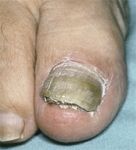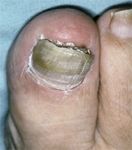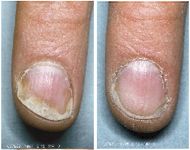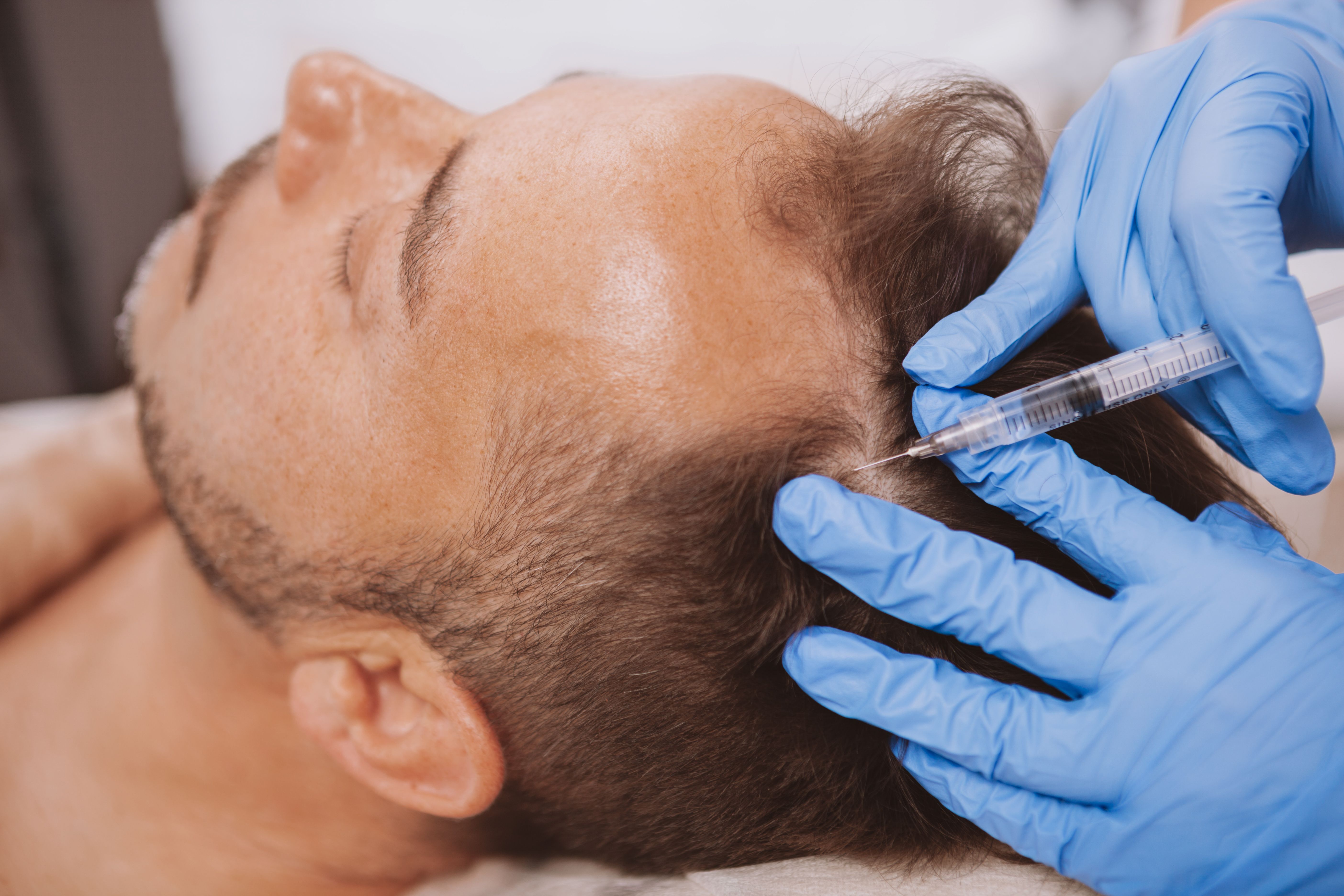- General Dermatology
- Eczema
- Chronic Hand Eczema
- Alopecia
- Aesthetics
- Vitiligo
- COVID-19
- Actinic Keratosis
- Precision Medicine and Biologics
- Rare Disease
- Wound Care
- Rosacea
- Psoriasis
- Psoriatic Arthritis
- Atopic Dermatitis
- Melasma
- NP and PA
- Skin Cancer
- Hidradenitis Suppurativa
- Drug Watch
- Pigmentary Disorders
- Acne
- Pediatric Dermatology
- Practice Management
- Prurigo Nodularis
Article
Nail bed disease: Alcohol-based solutions help distal subungual onychomycosis
Author(s):
A doctor suggests treating distal subungual nail bed disease by using active ingredients dissolved in alcohol-based solutions and pinpointing the location of delivery.

Key Points

Doctors have been trained to approach distal subungual nail bed disease through the nail plate. Through a combination of alcohol-based preparations and targeted delivery, Dr. Bikowski claims doctors can get equivalent outcomes with less risk.
Moreover, the approach completely eliminates the need for painful injections when treating psoriatic nail bed disease.
"Traditionally, doctors have treated it with systemic antifungal medicines, especially terbinafine tablets," he says.
The chance of severe liver disease due to terbinafine (Novartis) is about 1 patient in 54,000. According to Dr. Bikowski, "That's a relatively low risk, and, on the whole, terbinafine is a very safe drug, but as a general rule of thumb, it's preferable to use a topical medication, rather than a systemic, whenever possible."
Penetration

To address these issues, Dr. Bikowski uses an alcohol-based topical with low viscosity - the only one on the market is Exelderm Solution (Ranbaxy Laboratories) - and instills the medication directly into the nail bed. The method of delivery is to first place the patient's toenail in an upright position, he says.
Secondly, he says, apply one or two drops twice a day subungually between the nail plate and the nail bed, and gravity will do the rest.
Psoriasis
Psoriasis can produce a distal subungual onycholysis with erythema, some nail dystrophy and hyperkeratosis.

Place the toenail (the technique will also work with fingernails) in an upright position and apply one or two drops of an alcohol-based medication directly to the site of the inflammatory process, i.e., the psoriasis, he says.
Importantly, this method of delivery eliminates the need for proximal nail fold and/or lateral nail fold injections of corticosteroid, which are extremely painful.
Alcohol-based medications that are approved by the Food and Drug Administration include Halog Solution (halcinonide, Ranbaxy Laboratories), Taclonex Scalp Solution (calcipotriene/betamethasone dipropionate, Warner Chilcott) and clobetasol solution, a generic product.
Clinical response
It will take one to three months of treatment in order to see a clinical response to either condition, Dr. Bikowski says. The response is a normal nail bed. The nail plate then grows out attached to the normal nail bed.

"I believe this approach to distal subungual nail bed disease is equal to or better in efficacy than other modalities, and is certainly a lot safer. There is no possibility of systemic side effects.
"Furthermore, these medications are simple to use and easy to obtain," Dr. Bikowski says.
The limitation of the treatment is that it works only for the distal third of the nail bed. Treating patients with severe onychomycosis or psoriasis involving the entire nail bed is difficult, because you can't get the medication to the most proximal portions of the nail bed, Dr. Bikowski says.
Disclosure: Dr. Bikowsi is a consultant and speaker for Ranbaxy Laboratories and Warner Chilcott.





